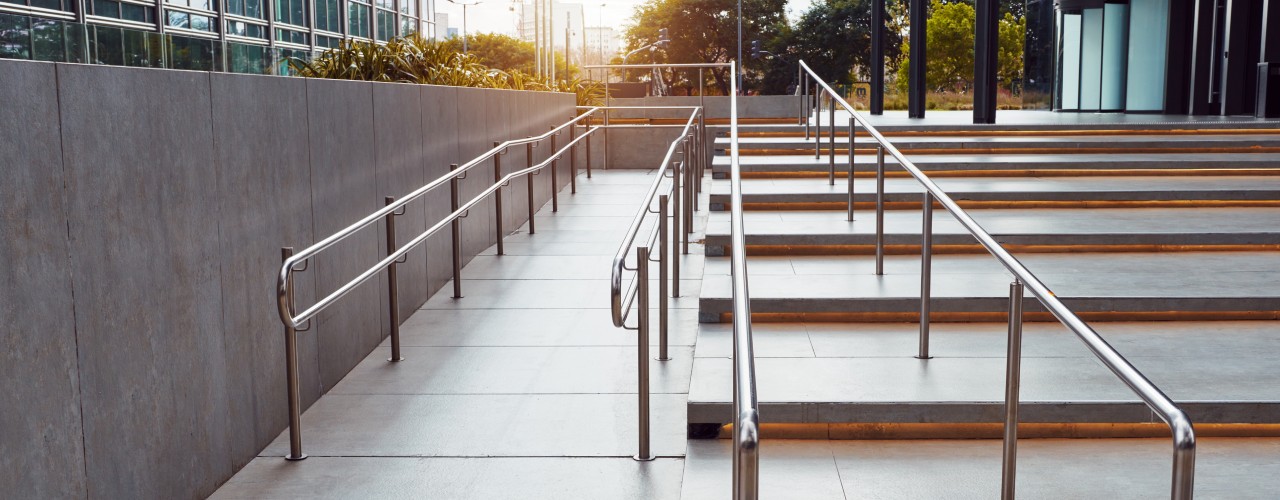Creating accessible buildings isn’t just about meeting codes and regulations; it’s about fostering inclusivity and improving the quality of life for everyone. When you’re involved in the design process for buildings, it’s important to recognize that integrating accessibility into your designs can make a profound impact. If you need to make some changes to your current approach, we have some essential building design tips to help you reach your goal of increasing accessibility.
Incorporating Universal Design Principles
Universal design principles advocate for creating spaces that are usable by all people, regardless of age, disability, or other factors. These principles promote flexibility, simplicity, and intuitive use in everyday building design. For instance, consider features like wide doorways that accommodate wheelchairs and lever handles that are easier to use than traditional knobs. By integrating these elements, you’re not just enhancing accessibility but also improving the usability of your space for everyone.
Ensuring a Safe and Navigable Environment
Safety is a critical component of accessibility. One of the best ways to boost this in your building design is to ensure all pathways are clear, well-lit, and free from obstacles. Use non-slip flooring materials to prevent accidents and provide ample handrails and ramps for those who require additional support. Signage should be clear, with large fonts and contrasting colors to aid those with visual impairments. Consider auditory cues as well, such as beeping signals at crosswalks or in elevators. A safe and navigable environment not only supports accessibility but also enhances the overall user experience.
Utilizing Technology for Enhanced Accessibility
It’s also crucial to realize that technology offers numerous solutions to enhance building accessibility. Automatic doors, for example, provide easy entry and exit for individuals with mobility impairments. Voice-activated elevators and lighting systems can assist those with visual or physical challenges.
Additionally, apps and software that provide real-time navigation and information about building layouts can significantly aid individuals with disabilities. Of course, that doesn’t mean you should overlook the importance of braille signs in recreational spaces and other buildings that are open to the public. No matter how you go about it, though, incorporating these technologies can make your building more inclusive while showcasing your commitment to innovation.
Planning for Future Adaptations
As a building designer, you must remember that accessibility needs can change over time, so it’s crucial to plan them in a way that allows them to adapt to evolving requirements. Consider modular furniture and adjustable fixtures that can be easily modified as needed. For instance, installing adjustable height counters and sinks allows for customization based on individual needs. By planning for future adaptations, you ensure that your building remains accessible and functional for years to come.





